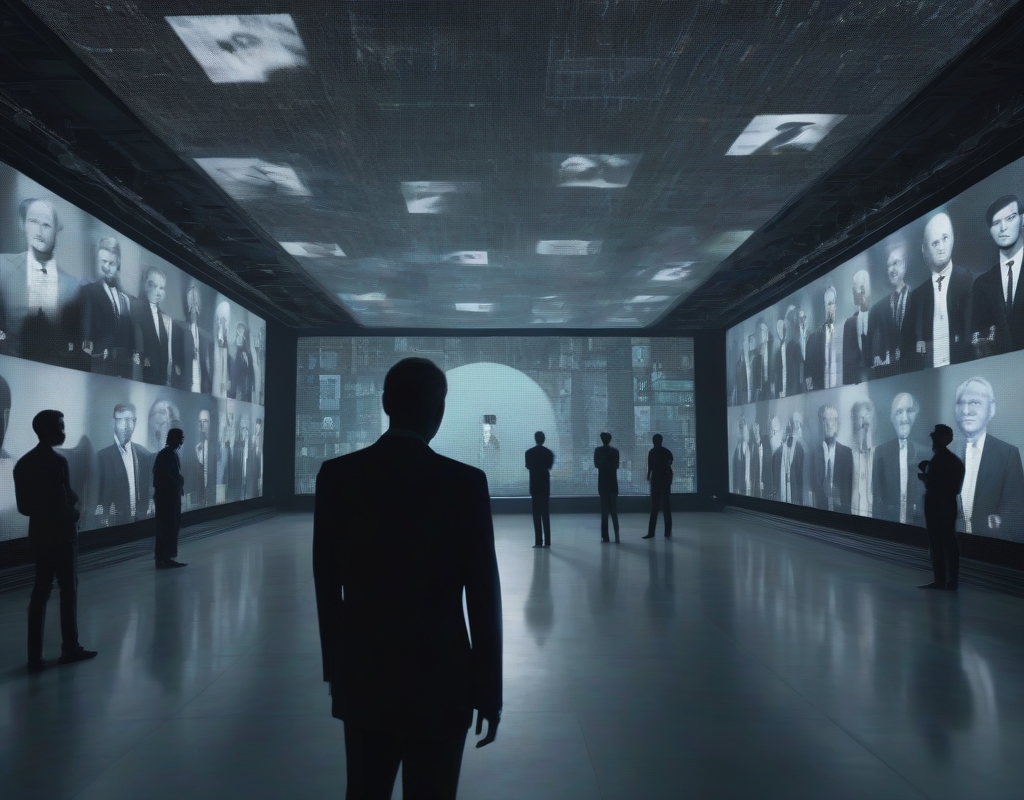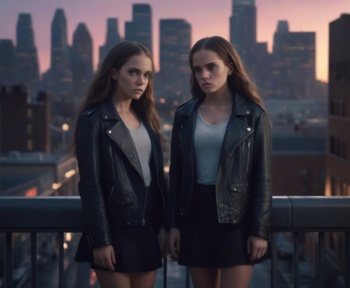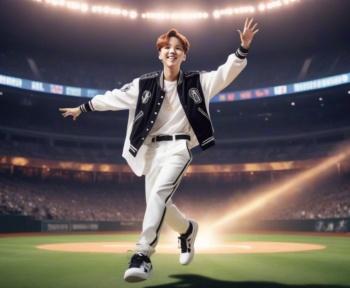A recent discovery has unearthed a collection of artificial intelligence-generated images depicting former President Donald Trump and musician Taylor Swift together in various scenarios such as a golf course and a recording studio. These convincing, yet fabricated visuals have been spreading across numerous social media platforms, leading to confusion and raising debates over the authenticity of online imagery.
Upon careful examination, it’s evident that these pictures fail to exhibit the detailed accuracy typical of authentic photographs, signaling their artificial origins. Specialists point out that this practice of creating synthetic images through AI is on the rise. As AI and machine learning technologies evolve, the production of realistic yet entirely artificial visuals has become more accessible.
There are significant and troubling implications of this phenomenon. Fabricated images and videos have the potential to disseminate false information, sway public sentiments, and even provoke unrest. It is crucial, therefore, for people to approach digital content with skepticism and critical thought.
In response, representatives for Taylor Swift have clarified that the artist had no part in the creation of these doctored images and does not support such uses of her image. Meanwhile, Donald Trump has not yet issued a statement regarding the fake portrayals.
This situation underscores the critical need for diligent fact-checking and authentication of digital media. As we move forward in an era where technology continually advances, staying informed and scrutinous of the information we receive becomes increasingly vital.
To sum up, while AI-generated images may appear realistic, they may not always represent the truth. The growing trend of using such technology to fabricate images, especially of public figures, underscores an urgent call for heightened awareness and scrutiny in our digital interactions.




